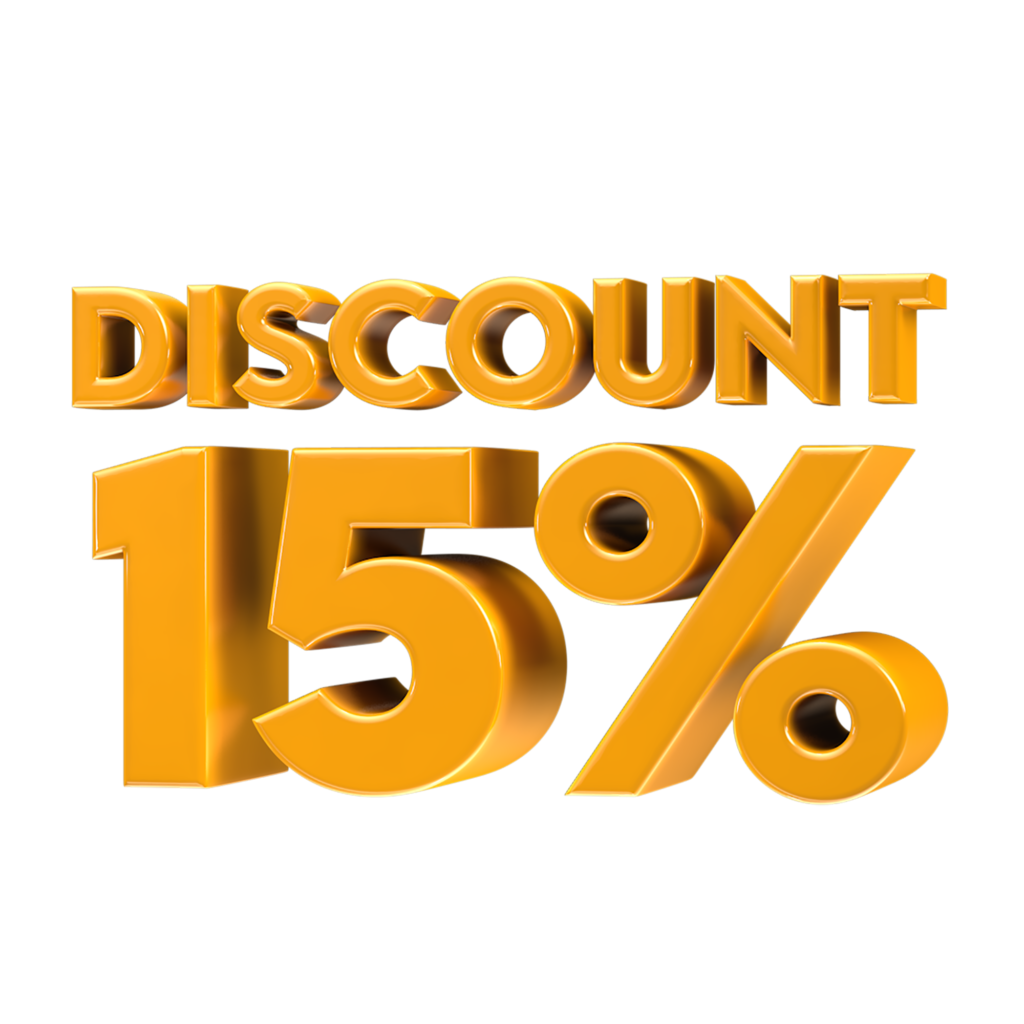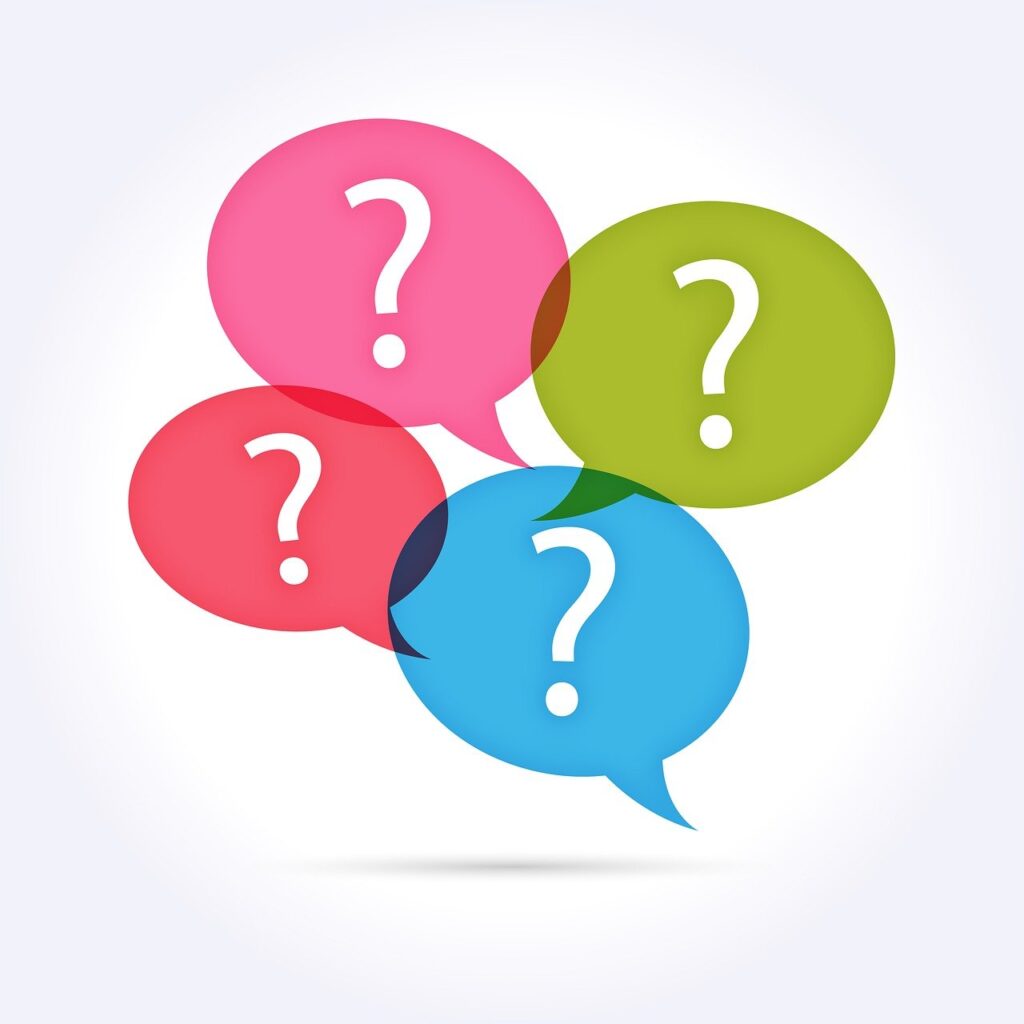
Special offer for Landing page development.
Leave your email and get your discount.

A landing page is a standalone web page that serves as the entry point for a website or a particular section of a website. It is designed with a specific goal or call to action in mind, such as capturing user information through a form, promoting a product or service, or encouraging a visitor to take a specific action.
Key characteristics of a landing page include:
Simplicity: Landing pages are often minimalistic and focused on a single message or offer to avoid distractions.
Call to Action (CTA): A clear and compelling call to action is a central element. This could be a button prompting users to sign up, buy a product, download something, or take another desired action.
Content Relevance: The content on a landing page is typically tailored to match the message of the marketing campaign or advertisement that directed the user to the page.
Limited Navigation: Landing pages often have minimal navigation options to prevent users from getting distracted and to keep them focused on the main goal.
Responsive Design: Landing pages are usually designed to be responsive, ensuring a consistent and effective user experience across various devices.
Landing pages are commonly used in online marketing and advertising campaigns. When users click on an online ad or a promotional link, they are directed to a landing page where they can find information about a specific offer or promotion and are encouraged to take a specific action. Analyzing the performance of landing pages is important in evaluating the success of a marketing campaign, and A/B testing is often employed to optimize their design and content for better conversion rates.
The main difference between a homepage and a landing page lies in their purpose, design, and content:
Purpose:
Homepage: The homepage is the main page of a website and serves as the entry point for visitors. Its primary purpose is to provide an overview of the entire website and guide users to different sections or content areas.
Landing Page: A landing page, on the other hand, is specifically designed for a focused marketing or advertising campaign. Its purpose is to convert visitors into leads or customers by encouraging a specific action, such as signing up for a newsletter, making a purchase, or filling out a form.
Design and Content:
Homepage: Homepages typically have a broader scope, featuring a navigation menu, links to different sections, and a variety of content to cater to diverse interests of visitors. They aim to give an overview of what the website offers.
Landing Page: Landing pages have a more streamlined design with minimal distractions. They are crafted to deliver a targeted message, often centered around a single product, service, or offer. The content is tailored to the specific goal of the marketing campaign.
Call to Action (CTA):
Homepage: While homepages may have CTAs, they are usually more varied and not as focused as those on landing pages. The CTAs on a homepage might guide users to explore different sections or learn more about the website.
Landing Page: Landing pages prominently feature a clear and compelling CTA that aligns with the campaign’s objective. The goal is to drive visitors to take a specific action, such as making a purchase or providing contact information.
Navigation:
Homepage: Homepages typically have a comprehensive navigation menu to help users explore different areas of the website easily.
Landing Page: Landing pages often have limited navigation options to keep visitors focused on the intended action and prevent distractions.
In summary, while a homepage serves as the main hub of a website, providing an overview and access to various content, a landing page is a targeted, campaign-specific page designed to convert visitors by encouraging a specific action.
The only goal of a landing page is conversion.
There is no perfect sales structure or 100% landing page formula.
Design and content are selected for a specific task, so there is no single magic formula.
There are only hypotheses that have proven themselves: AIDA, PMPHS, Ben Hunt’s scheme and many others.
The most common formula for landing is:
“USP + several triggers + block about the product + social confirmations + magic button.”
To create a landing page that works well, you need to take into account many factors, such as target audience, type of product or service, uniqueness, etc.
Don’t distract the client.
One product or service – one CTA.
It all starts with analytics and research.
A converting one-page website is built with clear data based on analysis. This is analysis, calculation and an accurate result. Thoughtful design will only enhance the result. It won’t work on its own.
So you need to work on these tasks first:
1. Analyze the market and competitors;
2. Identify the expectations, stereotypes, fears, pains and objections of the target audience;
3. Divide the target audience into segments and determine their criteria for choosing a product;
4. Formulate a clear final goal of the landing page, its conversion effect;
5. Determine a way to differentiate yourself from competitors;
6. Create a prototype.
As a rule, a landing page consists of the following elements:
As for the landing page length, the optimal number of screens is 5-7.
The price can vary depending on your technical requirements, design complexity, and more.
The minimum landing page creation cost is around $300, the average – $1000, and the maximum can be up to $2000.
Also, the average cost of a landing page is affected by the need for the research, creation of a preliminary prototype, UX design, web development, the need to write selling content, testing, setting up analytics services and customizing UTM tags, and integrating APIs, CRM, web tracking tools like Google Analytics, and other tools.
For Landing page development.
* This special offer is valid as long as it is presented on the website
Or you can fill out a brief for website development.